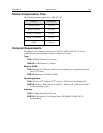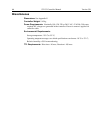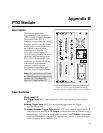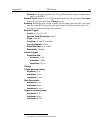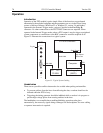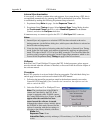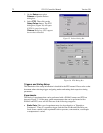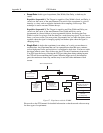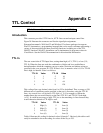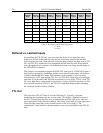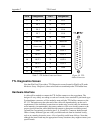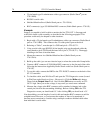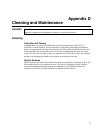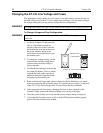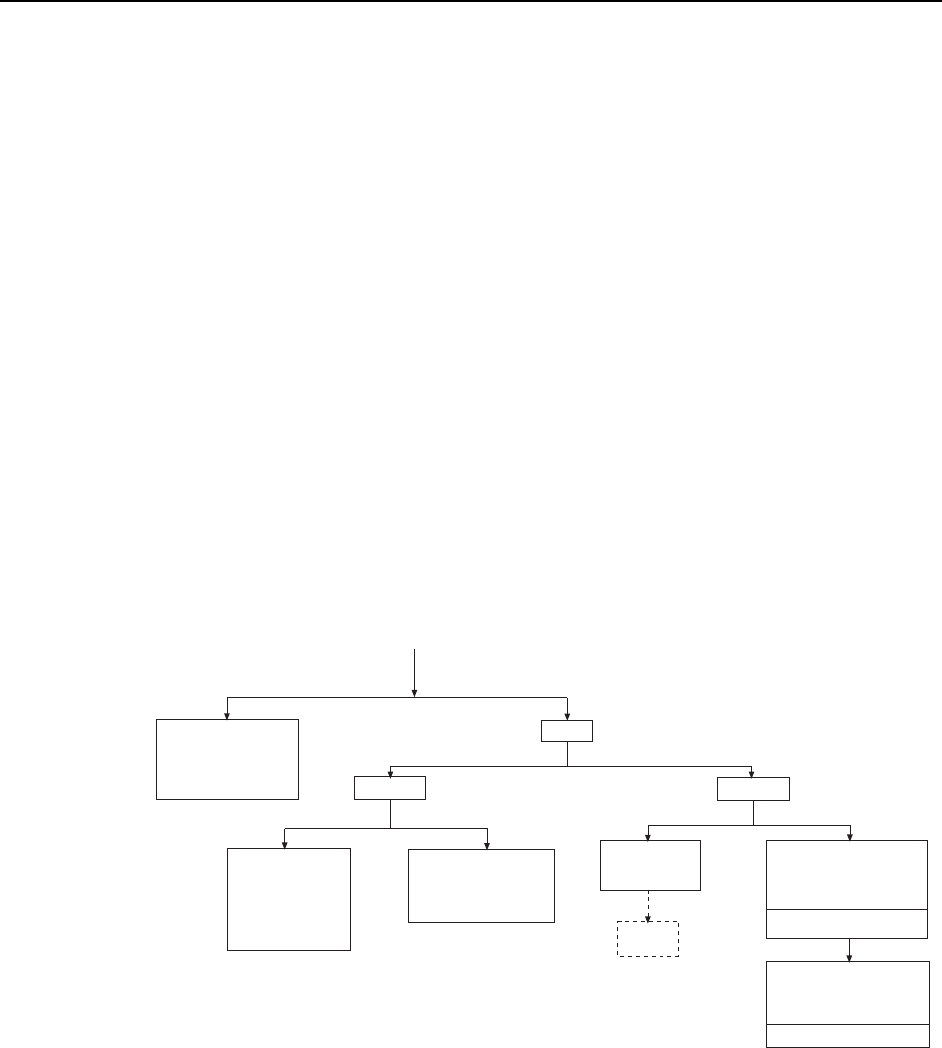
Appendix B PTG Module 73
• Swept Gate: In this type of experiment, Gate Width, Gate Delay, or both may be
varied.
Repetitive-Sequential 1: The Trigger is repetitive, Gate Width is fixed, and Delay is
varied over the course of the measurement. The result of the experiment is a plot of
intensity vs. time, such as might be obtained with a sampling oscilloscope. This
technique is used to measure lifetime decays.
Repetitive-Sequential 2: The Trigger is repetitive and Gate Width and Delay are
varied over the course of the measurement. Gate Width and Delay can be
incremented in a linear fashion or in an exponential fashion. Increasing the Gate
Width is useful for trying to find fine detail in a weak decaying signal. If you choose
linear, you have to take a lot more points. Exponential lets you take data points closer
together where the signal is changing rapidly and further apart where the signal is
changing slowly.
• Single Shot: A single shot experiment is one where you’ve only got one chance to
catch the data. Any experiment that can’t be repeated more often than once a minute,
such as high power lasers, and explosives, is considered a single shot. You have to catch
the trigger when it comes. Prior to the event, the CCD runs in continuous cleans mode.
You don’t have the luxury of having the CCD just sitting there doing nothing because
the CCD will be accumulating dark current. When the trigger arrives, the intensifier
gates, the continuous cleans stop, and the array is read out with a minimum of dark
current.
All I
CCD
Experiments
Single Shot
Kinetics
Slow (10 ms to 100 ms)
Multiple Spectra
Single Shot
Fast (ns)
F.O. delay array
2 ns to 100 ns
Kinetics
Streak
Camera
One Shot
Repetitive
Swept Gate
sweep gate delay
sweep gate width
sweep both
(linear or exponential)
Static Gate
fixed
gate width & delay
3rd variable
(pressure,
temperature,
b )
o
CW
Cooled Photocathode
Photon Starved
Gated
Figure 37. Experiments with the PI-MAX
Please refer to the PTG manual for detailed information on hardware and software setup
for these types of experiments.



